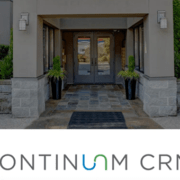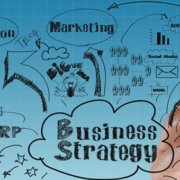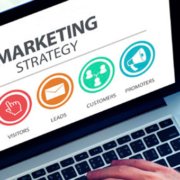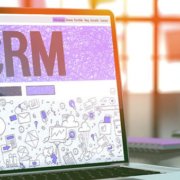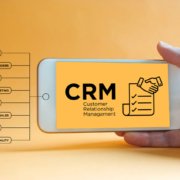Senior Living Marketing Perspectives: Uncovering New Insights in the Senior Living Industry with Alex Fisher from Sherpa
Topics Discussed and Key Points:
- Insights uncovered about the senior living industry in March, April, and May
- Making the best out of fewer leads
- Adapting sales training and hiring practices to the new normal
- Confronting fears by tapping into your motivations
Episode Summary:
In today’s episode, Debbie speaks with Alex Fisher, Co-Founder of Sherpa CRM. As the impact of COVID-19 continues to influence all major business decisions, Debbie and Alex discuss data insights for March, April, and May, released recently by Sherpa.
This data provides a qualitative indication of the sales and outcomes of a sample size of about 82,000 units of independent living, assisted living, and memory care facilities. In making sense of the information, Alex stresses that “the sales process should not be predicated on the level of care, but on the person.”
While leads have been down across the board, Alex says that sales and marketing professionals have always tended to “underwork” prospective buyers anyway. With the pandemic causing everybody to pay better attention to the leads that they do continue to generate, there is now an opportunity to put more focus and care into each individual prospect. Says Alex, “Our philosophy is that the new lead is not necessarily going to be better than the old lead. As a matter of fact, there is gold in your existing leads. Some of them may have been resistant to your efforts for a while, but they still exist.”
With fewer leads to work with, Alex emphasizes the importance of really getting inside the heads and the hearts of both the potential residents and their families. Specifically, what is going on in their world as they prepare to make the life-altering decision of whether or not to move into a new community, especially in the face of these challenging times? Making the effort to be truly empathetic to your potential customers’ desires always leads to more sales. As Alex eloquently puts it, “Shallow engagement leads to lower conversions.”
Even before COVID-19, Alex says that much can be done to improve sales training and what to look for when hiring salespeople. For one, there tends to be an overreliance on product. In an industry full of “glorified tour givers”, she calls for refocusing the focus of sales training onto the prospect by letting go of the outcome. This requires emotional intelligence through self-awareness and embracing the fact that salespeople are “facilitators of change” who help break down emotional barriers so that prospects can have the confidence to make adjustments in their lives.
Links:
Email: [email protected]


